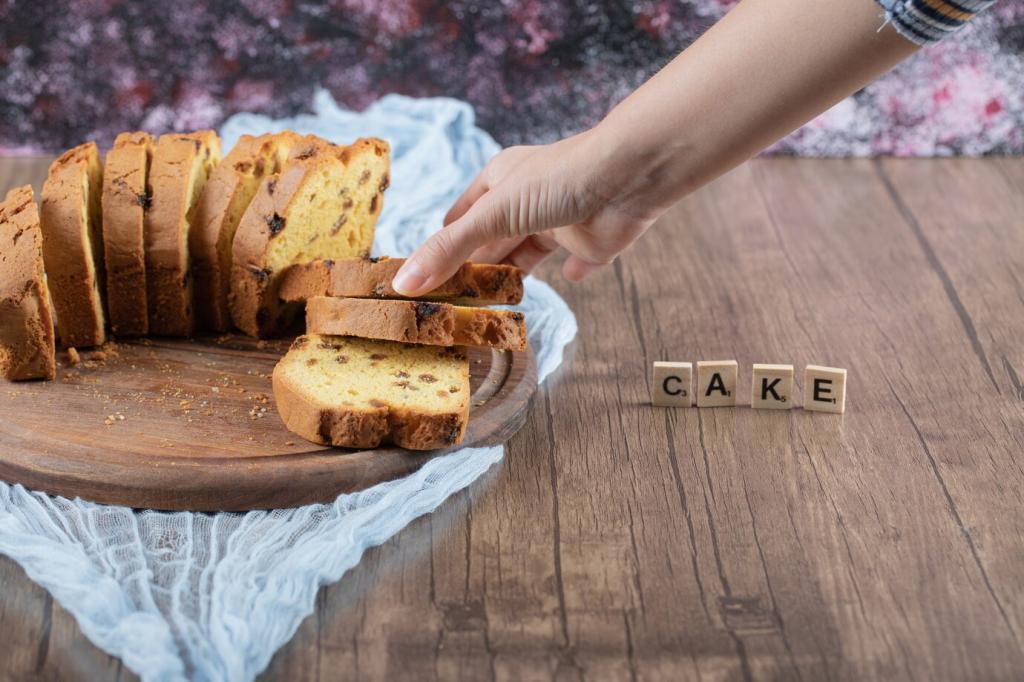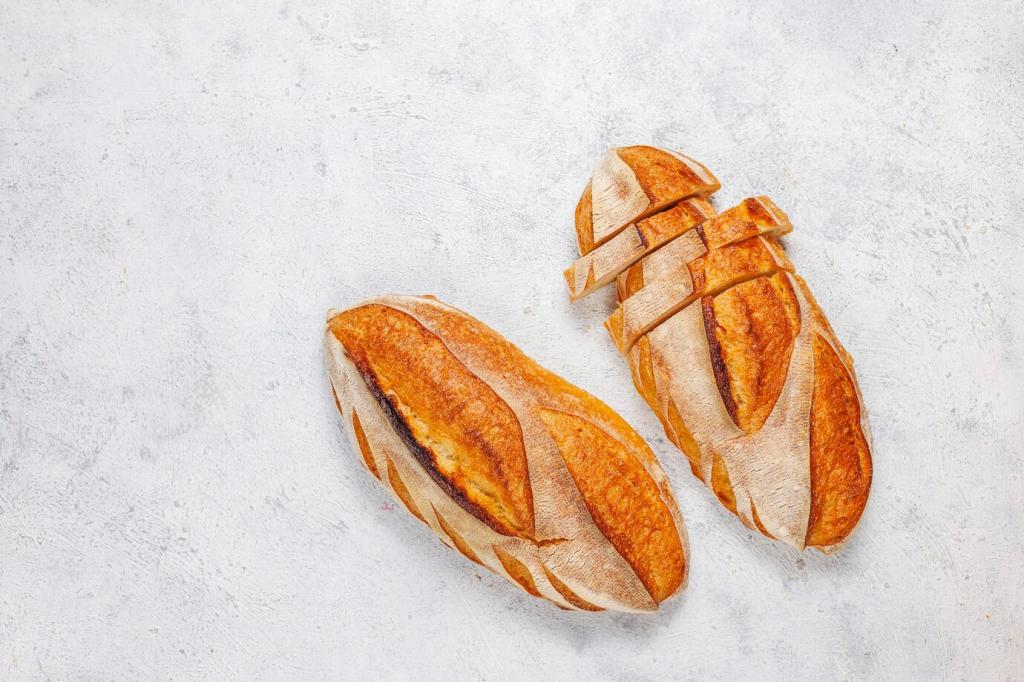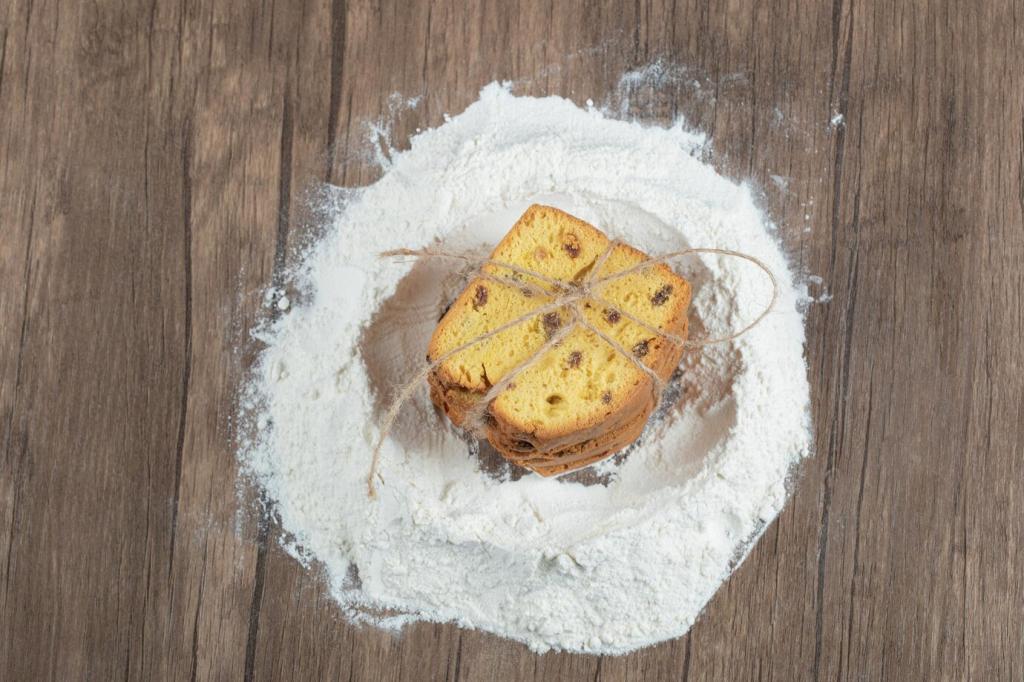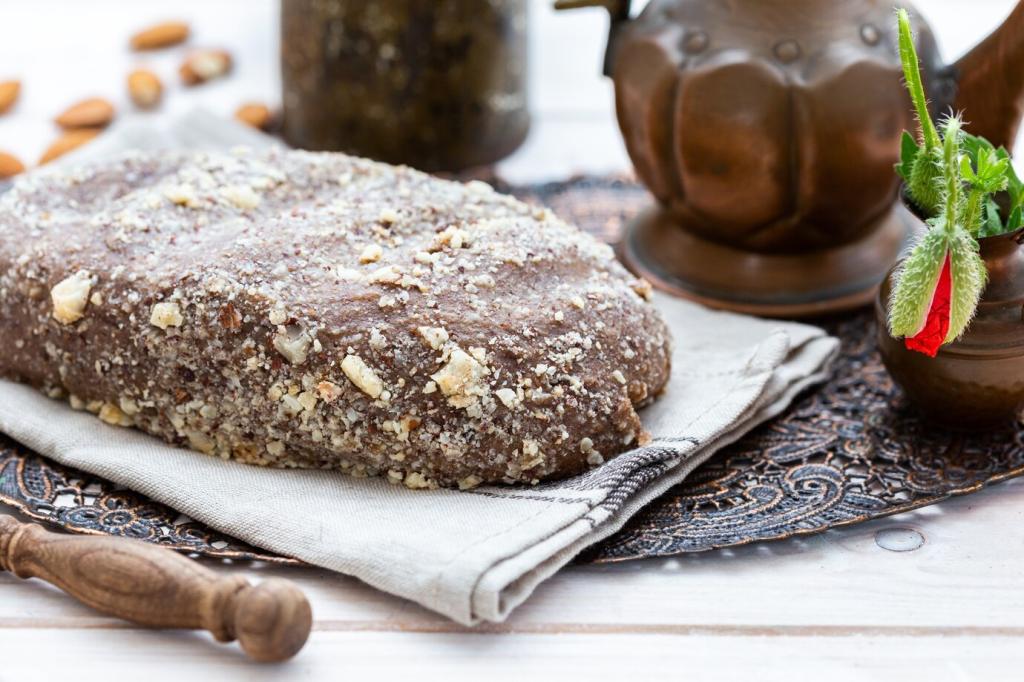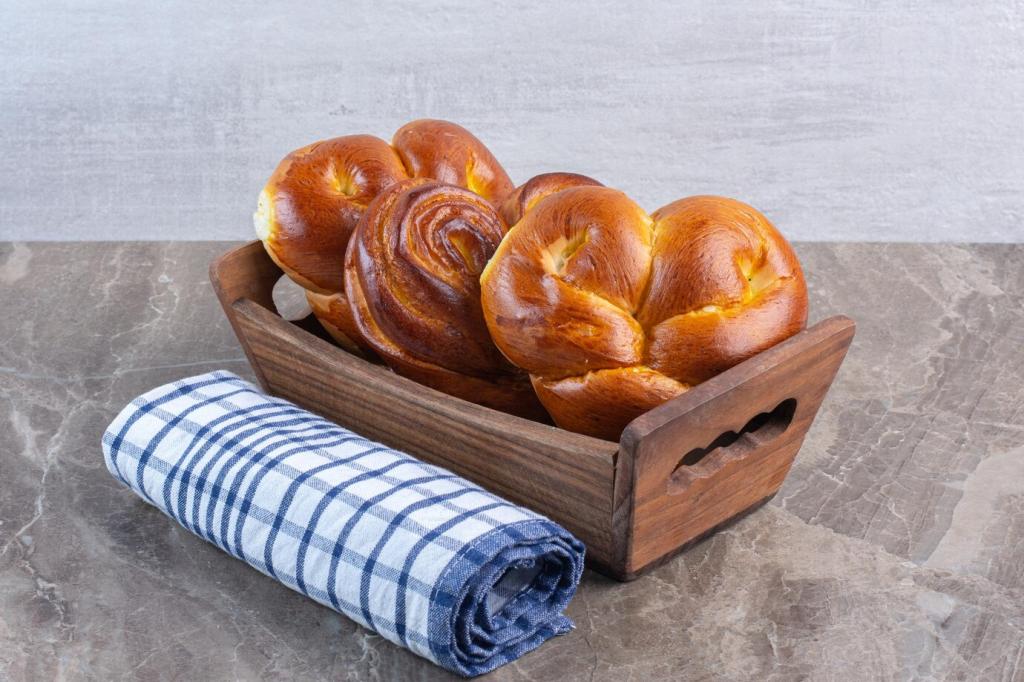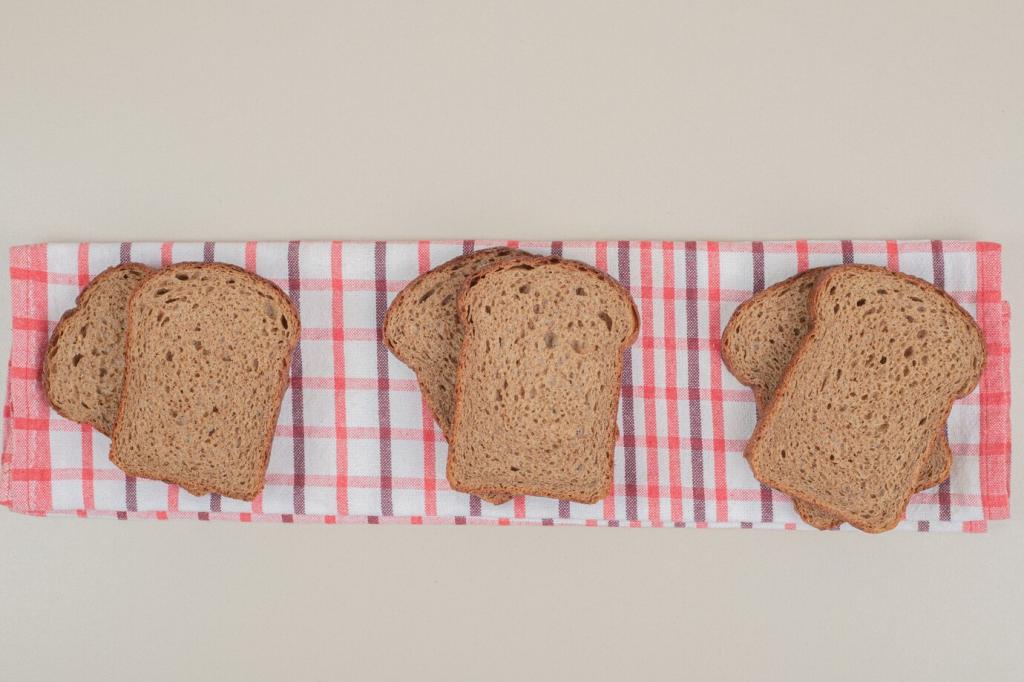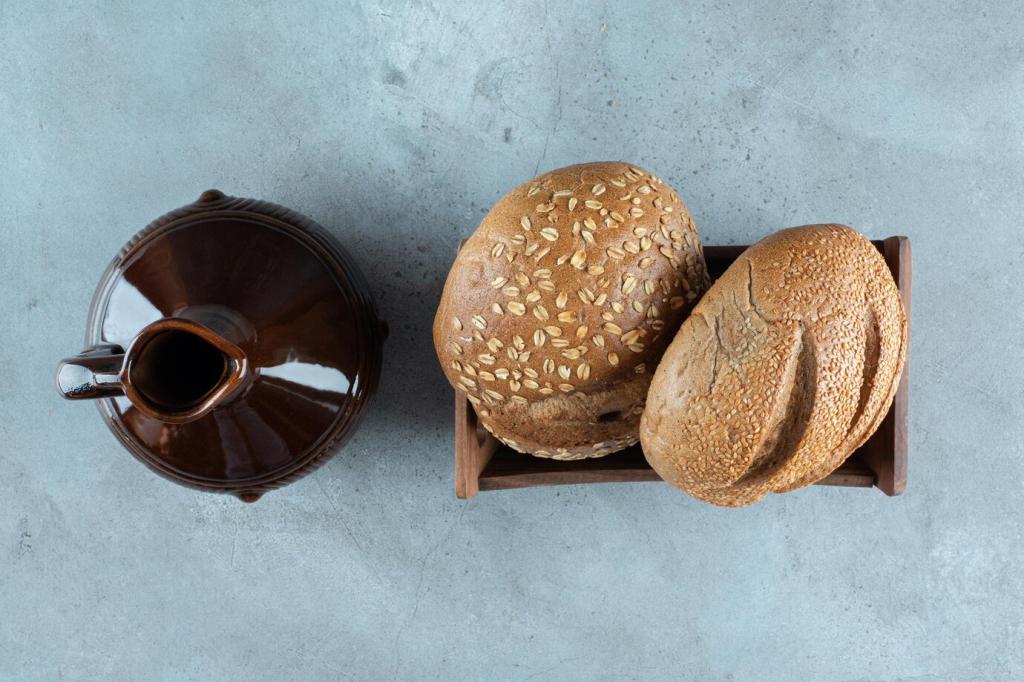Flavor Balance and Crust Color
For complexity, try a preferment and 2% salt. To reduce sourness, use a younger levain, ferment cooler, and avoid long warm proofs. To boost tang, extend fermentation slightly or retard overnight. Keep notes on times and temperatures. What’s your favorite balance? Invite others into your flavor experiments below.
Flavor Balance and Crust Color
Pale crusts suggest insufficient heat, steam, or sugars for browning. Preheat thoroughly, steam early, and consider a brief final high-heat push. Enriched doughs may benefit from milk or egg washes. Aim for deep amber, not black. Show us your proudest crust and describe the exact steps that nailed it.

